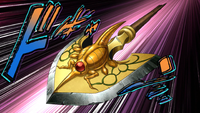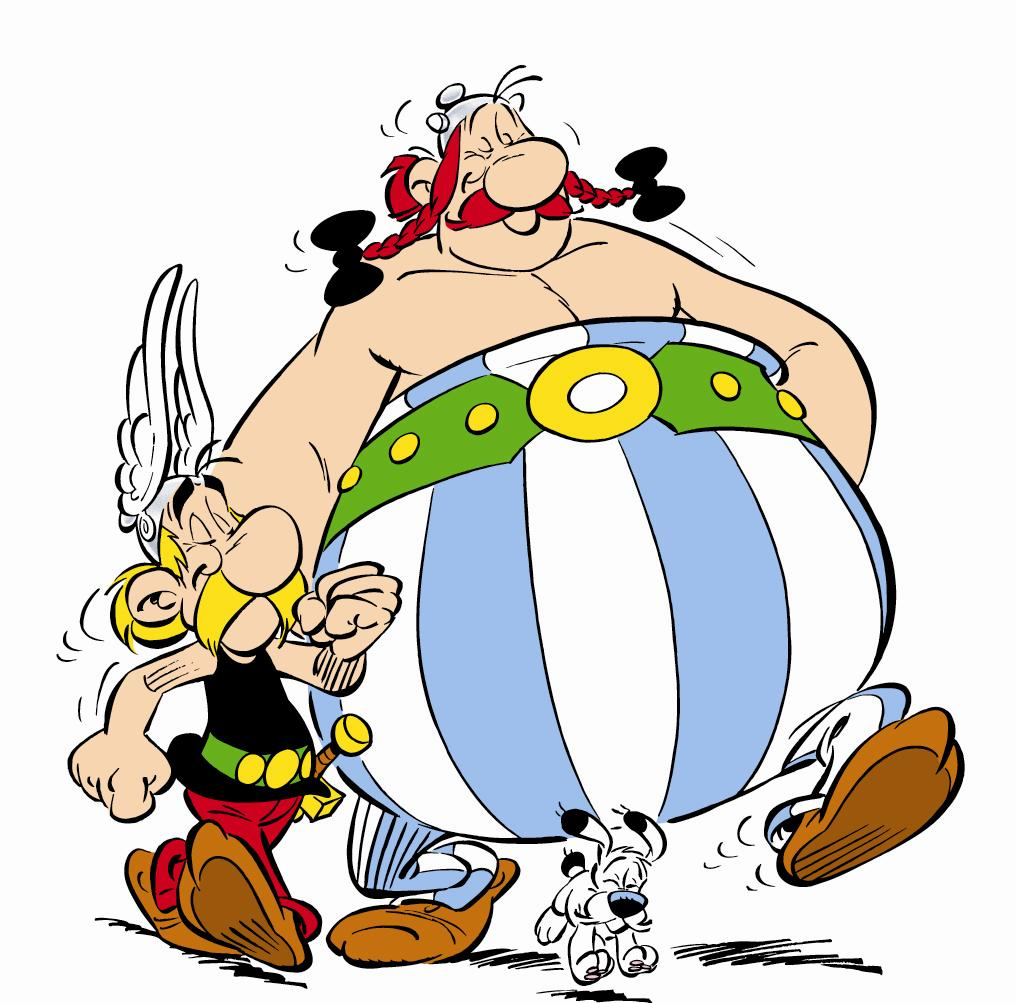I want to explicitly state here that I am not trying to start an argument about the the wisdom of going for a dreadnought as the decision is made, the ship performed well, and I'm happy with it. If anyone tries to restart that argument or replies to this post as if I am simply having a go at the
Thunderchild rather than making a detailed and extensively evidenced comparison, I will be a bit annoyed
. But just as a general point, this isn't exactly the case. Or rather, bigger ships are more combat-effective in some ways, and less in others.
Going with the
frontal deflector layout and two of the optional extra cannons, the
Selachii class will have an Average Damage of 4.375, Max Sustained Damage of 12.5, and Alpha Strike of 22.5, and costs 28 Industry.
By comparison the
Thunderchild class has an Average Damage of 14.2, Max Sustained Damage of 25, and Alpha Strike of 42*, a Defence Rating of 42, and costs 86 Industry. So one Thunderchild (86 Industry) costs roughly the same as three
Selachii class ships (84 Industry) making a comparison easy with nice round numbers.
In terms of offence, if we take a squadron of three
Selachii class, then we get an Average Damage of 13.125, Max Sustained Damage of 37.5, and an Alpha Strike of 67.5. This means that the average firepower is slightly lower, but the maximum and burst output are fifty percent greater! Notably, these values do not necessarily imply greater
overall firepower for the three
Selachii - they have the same number of torpedo tubes, but roughly half the phase cannons of a single
Thunderchild. However, the
Selachii are able to achieve significantly greater concentrated firepower on a single target than a
Thunderchild. This is why
@Sayle mentioned he wanted to introduce "Single Target Damage Rating" and "Multi-Target Damage Rating" as separate stats.
In terms of protection, it's harder to do a straight comparison of Defence Rating as we don't have a value for the
Selachii. But if we use the Stingray Refit (which is a less modern light cruiser) it has a Defence Rating of 12. Taking this as a baseline, we'd have 36 compared to 42, meaning three
Selachii in aggregate are roughly six sevenths the toughness of a
Thunderchild. Although it's worth pointing out that a
Thunderchild can take two thirds damage and still remain repairable, if disabled, where two out of a squadron of three Selachii might get destroyed. However this does not take into account manoeuvrability, which may add survivability to the
Selachii as it can dodge.
So if I were to sum it up, I would say that the
Selachii class is designed to concentrate a
massive amount of firepower onto a single target in and quickly overwhelm it, whilst being incredibly agile so it can avoid fire and keep its guns on target. (This is very useful when dealing with Romulan shields, and many of our kills have been the result of burst damage). The
Thunderchild is dangerous in all firing arcs, and can engage more targets simultaneously with enough firepower to really threaten them, whilst having greater staying power, but less mobility. It's sort of as you'd expect for a squadron of escorts whose guns are all focused forward, versus a big powerful capital ship with weapons in all arcs.
In summary, I'd say that a squadron of
Selachii class light cruisers is like a wolf pack, whilst the
Thunderchild is more like a bison or auroch. One uses teamwork and a ferocious bite to bring down its quarry, whilst the other is immensely powerful and tough, capable of holding off multiple aggressors, presenting a formidable danger from essentially any direction.
*(The formula @Sayle is using actually outputted Alpha Strike of 45 for the Thunderchild whilst the other values were basically the same, it's worth pointing out. So if we're using the same calculation method, then the difference between it and the Selachii is not quite as big as it appears.)



